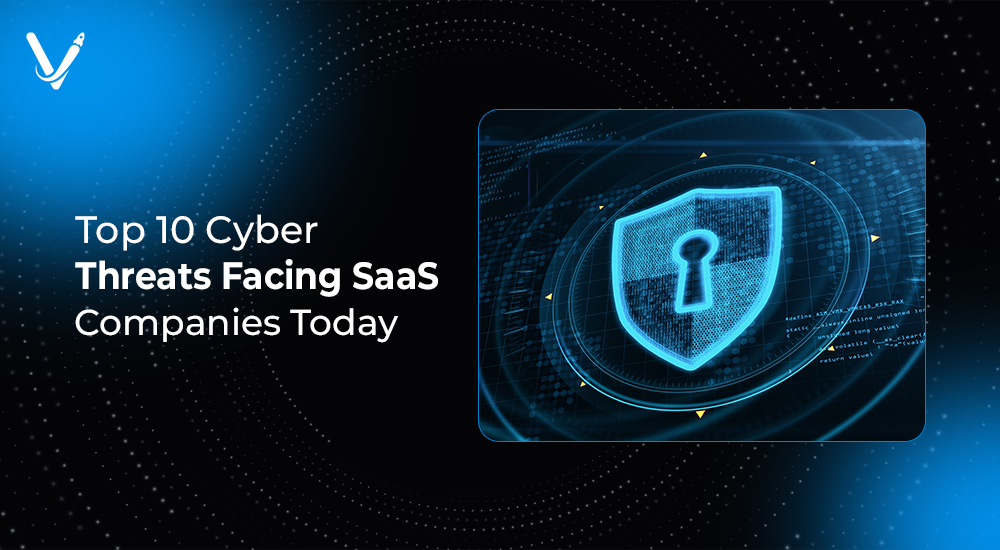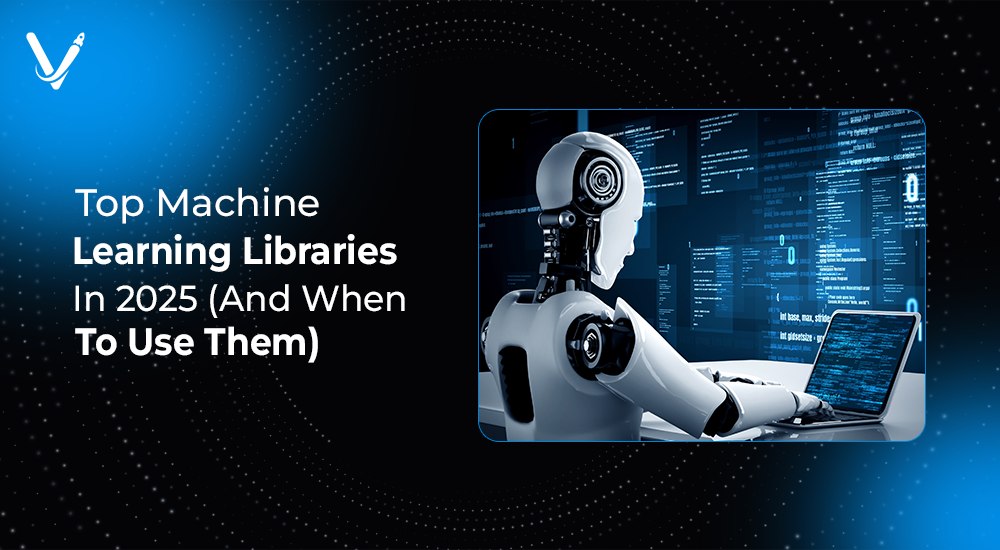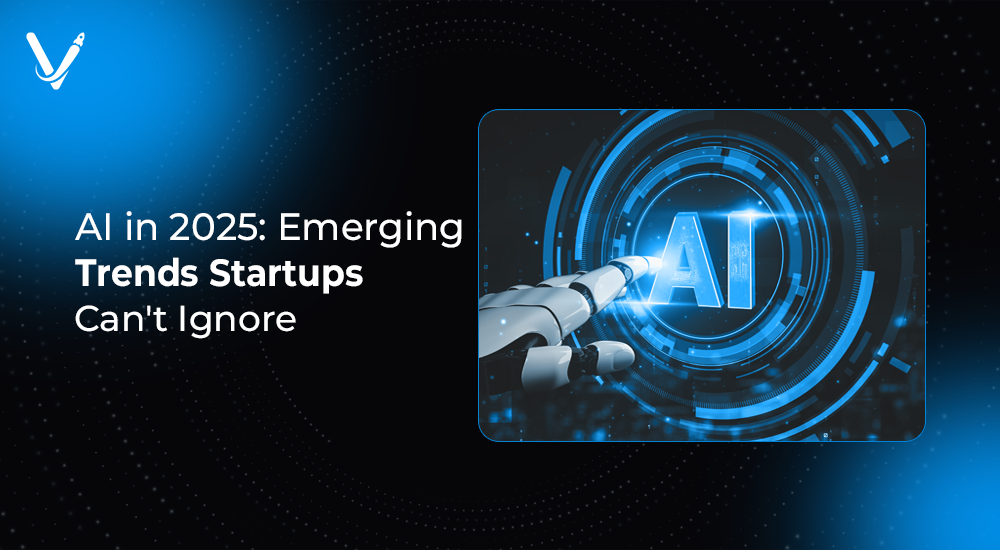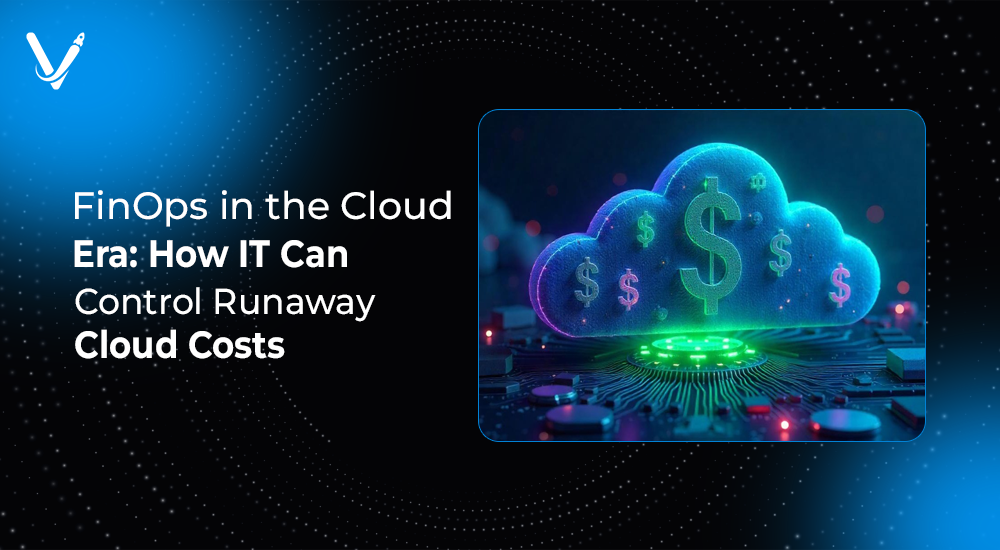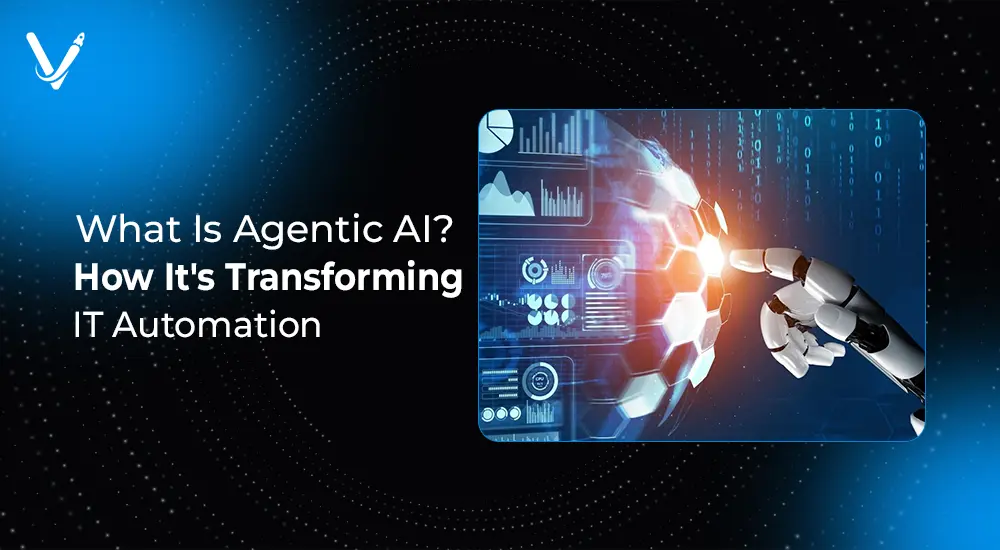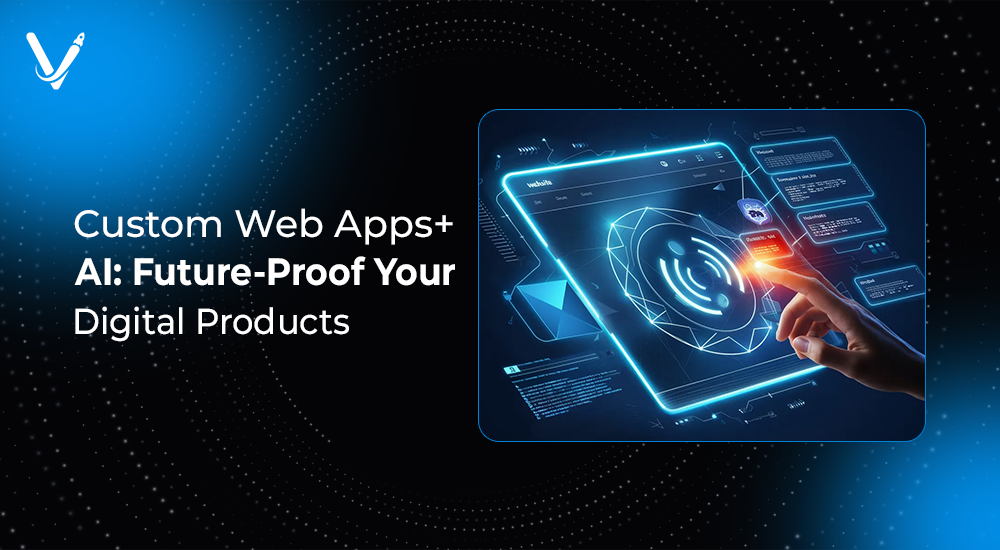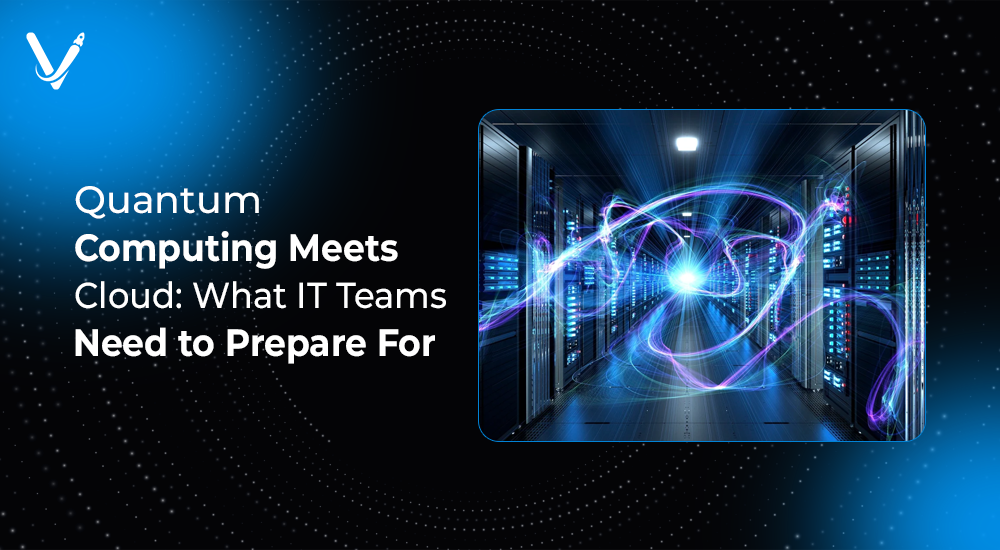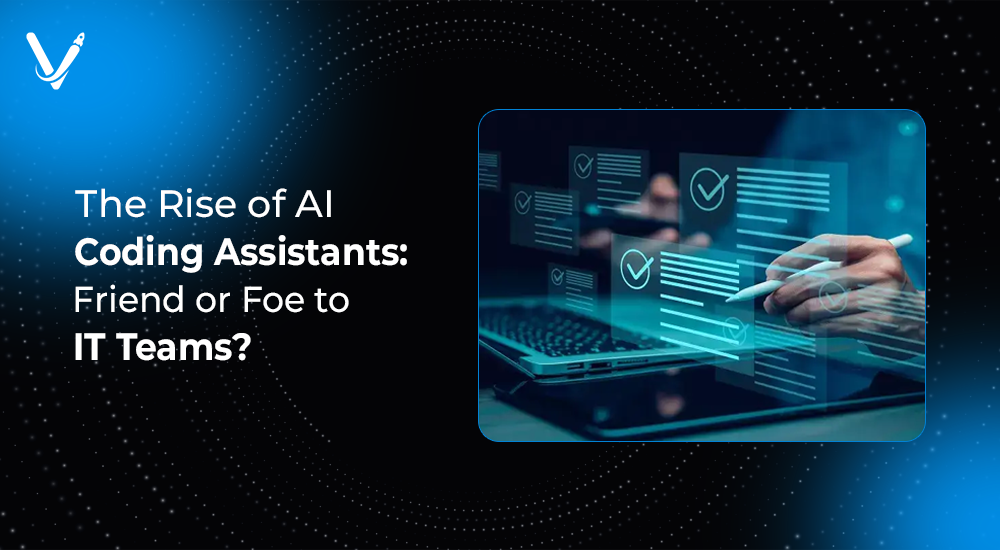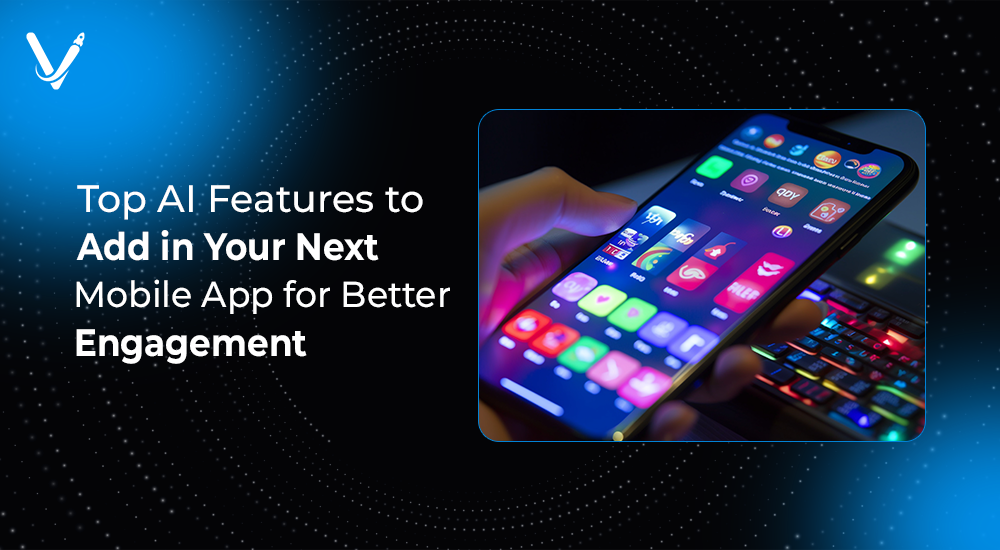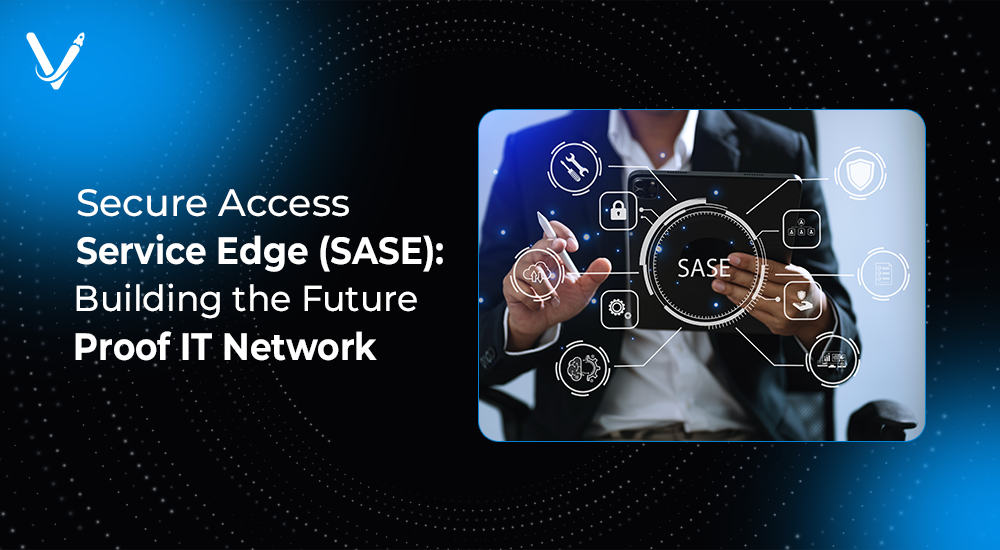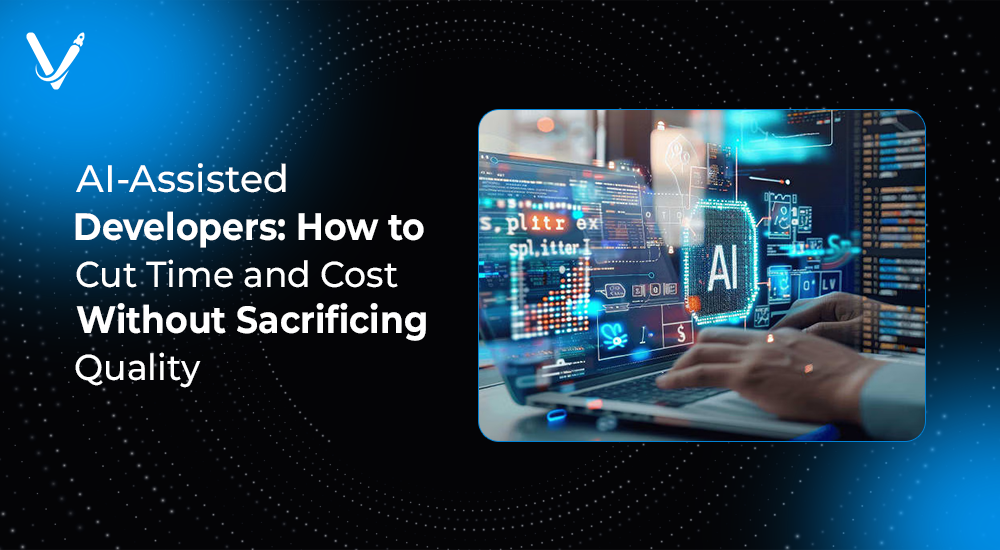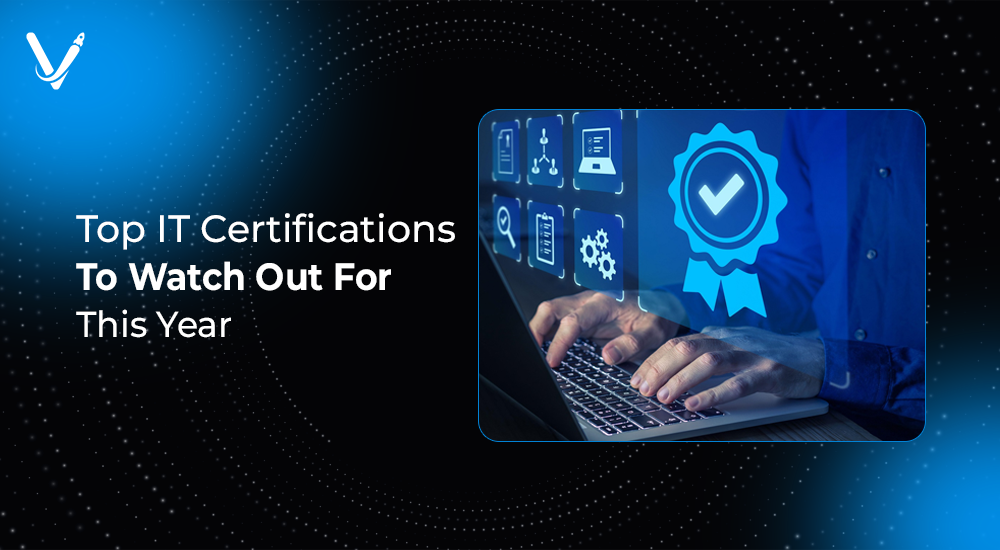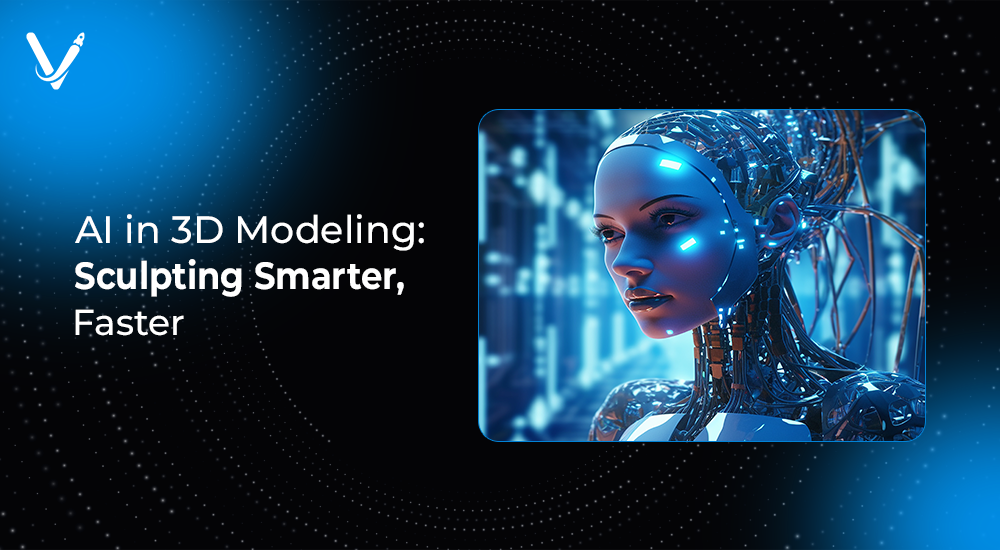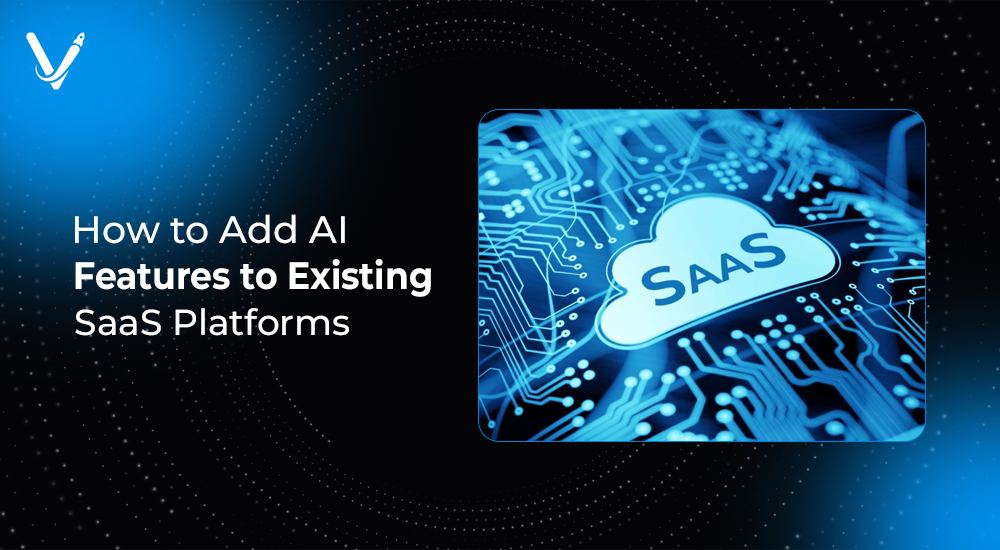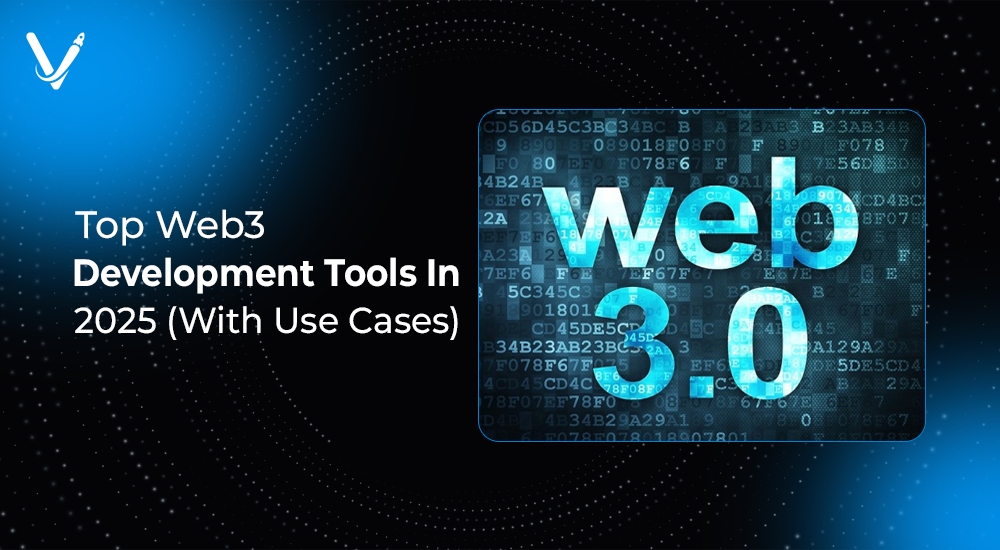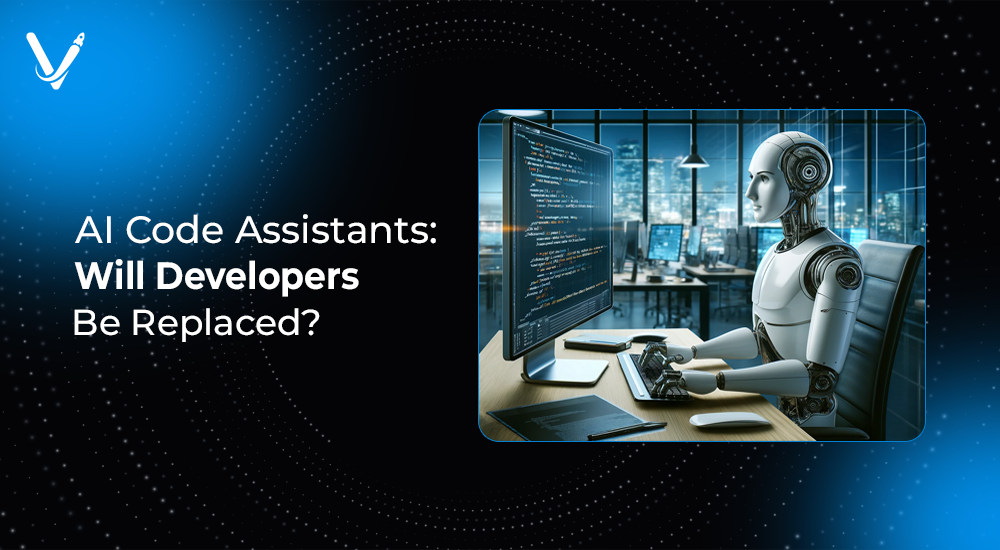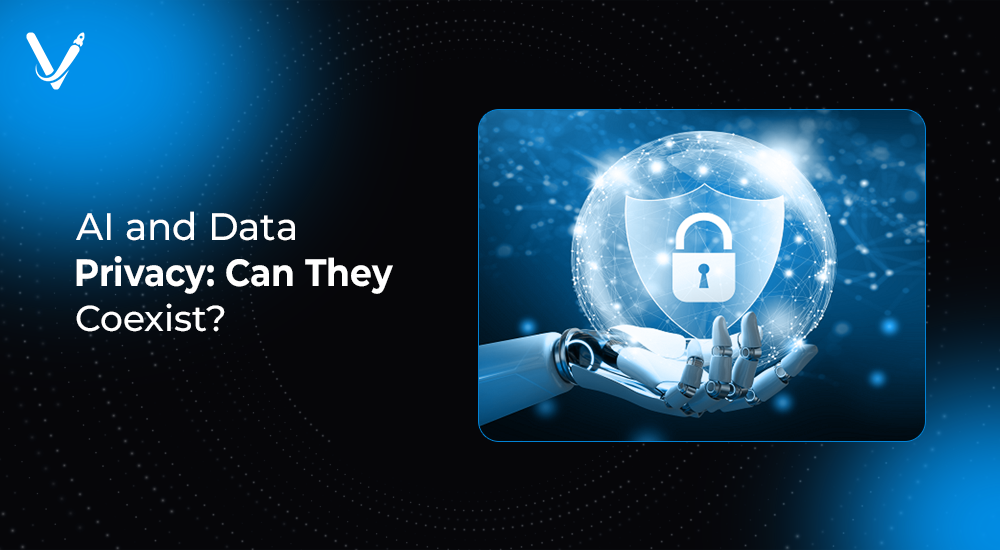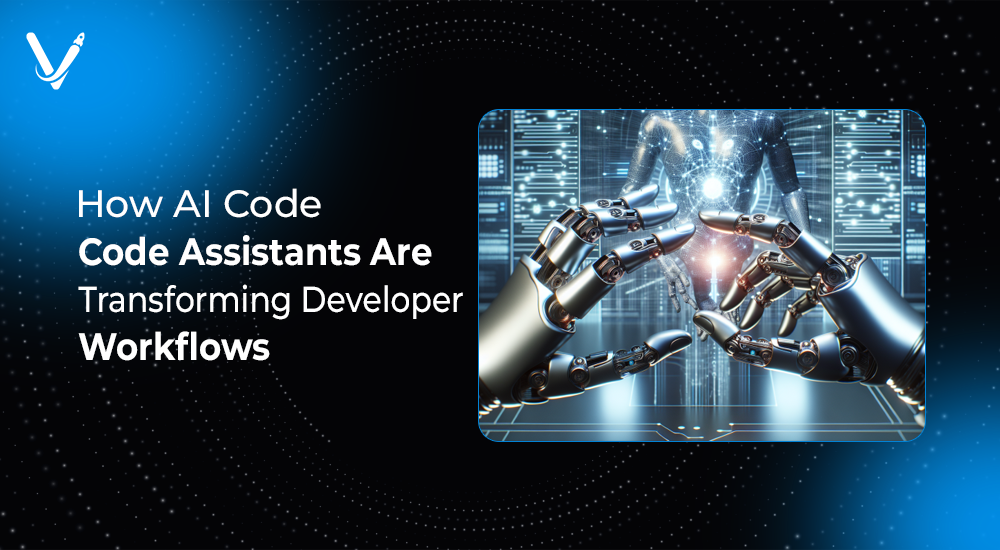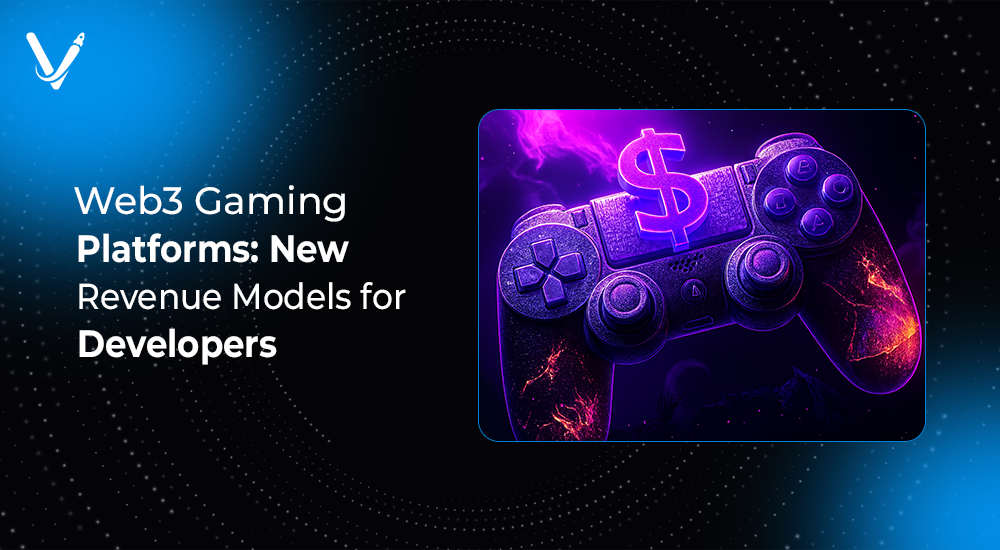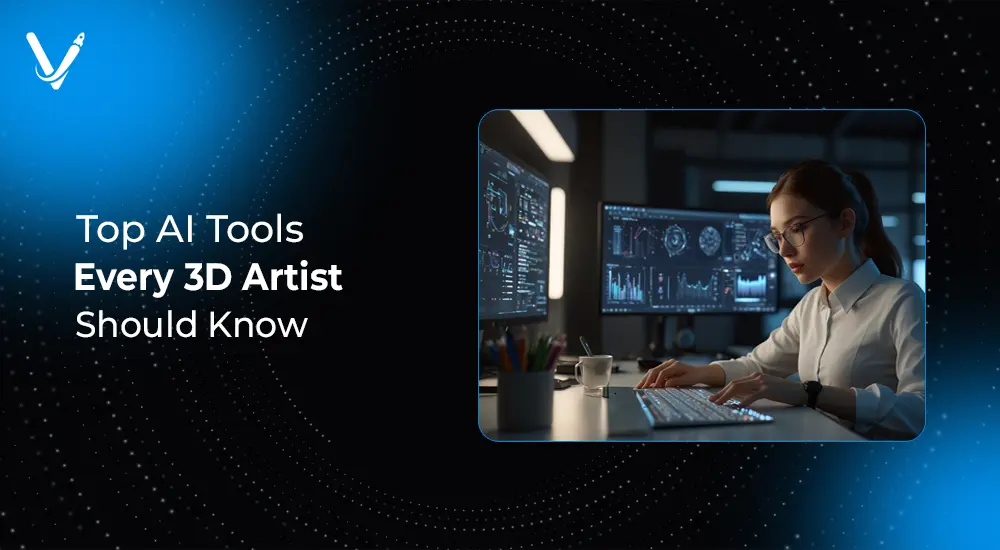The Role of AI in Securing Blockchain Networks
 Chirag Pipaliya
Chirag PipaliyaAug 5, 2025
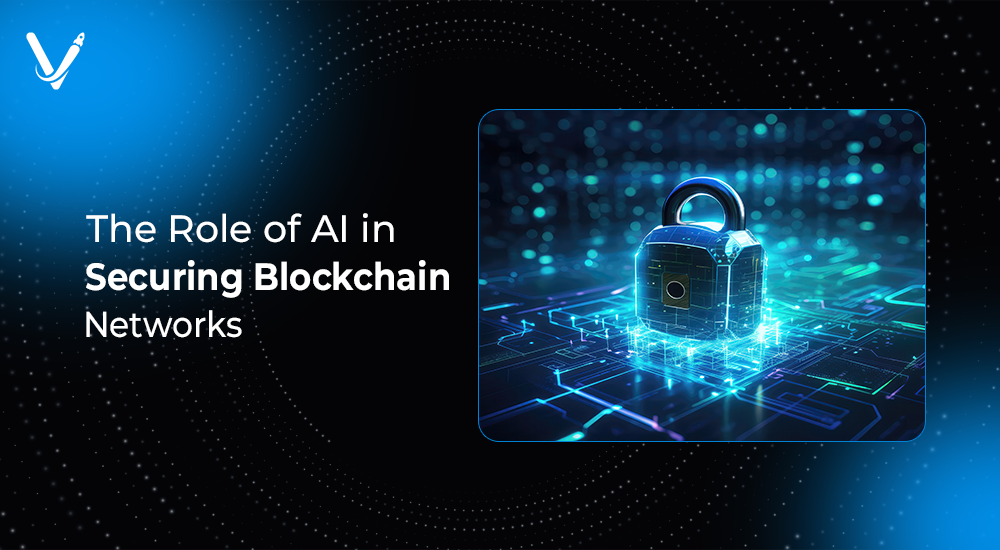
As digital transactions surge and decentralized systems gain traction, security concerns loom larger than ever. Blockchain, often dubbed unhackable, is not immune to manipulation. While its distributed nature provides intrinsic protection, vulnerabilities like 51% attacks, phishing scams, smart contract flaws, and malicious nodes still plague the ecosystem.
Enter Artificial Intelligence (AI) — the intelligent layer of defense that’s transforming how blockchain systems detect threats, adapt to risks, and protect critical data infrastructures.
This blog unpacks the evolving relationship between AI and blockchain security—highlighting real-world applications, benefits, challenges, and actionable strategies that organizations can implement to safeguard their decentralized environments.
Understanding the Basics
What Is Blockchain Security?
Blockchain security refers to the collective strategies, technologies, and protocols used to protect a blockchain system from internal and external threats. These threats can range from double-spending to identity theft and smart contract vulnerabilities.
Key concerns include:
- 51% Attacks: Where malicious actors control over half the network’s mining power.
- Sybil Attacks: Where fake nodes are used to manipulate consensus.
- Smart Contract Bugs: Code vulnerabilities leading to unauthorized access or fund loss.
- Phishing & Endpoint Attacks: Where off-chain interactions are exploited.
While blockchain is decentralized and encrypted, it’s not invincible.
What is AI’s Role in Cybersecurity?
AI enhances security by:
- Detecting anomalies in real-time
- Analyzing vast datasets for threat patterns
- Automating response to breaches
- Learning from historical attacks to improve defense systems
Now imagine combining this adaptive intelligence with blockchain’s immutable structure—the result is a next-generation defense system.
Why Combine AI with Blockchain Security?
Complementing Strengths
Blockchain provides:
- Immutability
- Decentralization
- Transparency
AI offers:
- Predictive analytics
- Autonomous threat detection
- Dynamic learning
Together, they create a system that’s not just reactive but proactively intelligent.
AI as a Watchdog for Decentralized Networks
Blockchain’s open nature means anyone can participate, but this also opens doors to manipulation. AI algorithms can monitor network traffic and detect:
- Transaction spikes
- Fake node creation
- Abnormal latency
- Irregular consensus patterns
By flagging these events in real-time, AI ensures faster response to potential breaches.
Key Applications of AI in Securing Blockchain Networks
Anomaly Detection in Transaction Patterns
AI can scan millions of blockchain transactions to identify suspicious behavior. For example:
- A user suddenly transferring large amounts across wallets in short timeframes
- Interactions with previously blacklisted wallets
- Behavior mimicking laundering patterns
Using ML algorithms like Isolation Forest or DBSCAN, anomalies are quickly isolated and reported, protecting against fraud.
Case Study:
In 2022, an Ethereum-based DeFi platform integrated an AI anomaly engine that reduced fraudulent token transfers by over 80% in just six months.
Enhancing Smart Contract Security
Smart contracts are prone to bugs and logic errors, often exploited in DeFi hacks. AI tools can:
- Perform static and dynamic analysis on smart contract code
- Identify logical flaws before deployment
- Simulate various input-output scenarios to test edge cases
Tools like CertiK and OpenZeppelin use AI-enhanced scanning engines to detect vulnerabilities such as reentrancy attacks or gas limit overflow.
Real-time Threat Intelligence
AI models can learn about current cyber threats from across the internet, analyze darknet chatter, and recognize phishing domains before they’re used to exploit blockchain users.
By feeding blockchain security platforms with real-time threat feeds, AI provides a global surveillance layer, much like antivirus software for a decentralized environment.
Fraud Detection in Crypto Exchanges
Centralized and hybrid crypto exchanges are often targets for fraud. AI systems can:
- Monitor KYC data
- Flag users with inconsistent identities
- Predict wash trading patterns
This is critical for AML compliance and investor safety.
Identity Verification with AI & Blockchain
AI facial recognition, biometrics, and document verification systems can be combined with blockchain’s self-sovereign identity systems to:
- Ensure legitimate onboarding
- Avoid synthetic identities
- Enable password-less, multi-factor security
Example: Estonia’s e-residency program uses blockchain for identity and AI to validate facial recognition and document integrity during onboarding.
Node Behavior Analysis
Nodes form the backbone of a blockchain. Rogue or compromised nodes can:
- Disrupt consensus
- Leak data
- Slow down the network
AI can analyze node uptime, communication latency, and voting patterns to isolate suspicious nodes and suggest blacklisting or flagging them automatically.
Benefits of AI in Blockchain Security
Predictive Over Reactive
Traditional systems wait for an attack. AI anticipates them. By analyzing historical data and recognizing attack vectors, AI predicts vulnerabilities before they’re exploited.
Reduced Human Error
Manual code audits or monitoring often miss outliers. AI reduces this risk by:
- Running 24/7
- Never tiring or losing focus
- Learning from every attack
Faster Response Time
When an anomaly is detected, AI systems can:
- Auto-freeze smart contracts
- Alert stakeholders
- Prevent fund transfers
All within milliseconds—faster than human security teams.
Scalability
AI models scale seamlessly with blockchain traffic, ensuring robust security even as networks grow and diversify.
Challenges in AI-Blockchain Security Integration
Data Privacy Paradox
AI needs data to learn. Blockchain data is public. Yet, extracting and using this data may conflict with user privacy and decentralization principles.
Solution: Homomorphic encryption and zero-knowledge proofs are emerging as privacy-preserving computation methods.
Computational Overhead
AI algorithms can be resource-intensive. When added to blockchains (especially on-chain AI), they can slow down networks.
Off-chain AI modules or edge AI can help manage this burden.
Bias in AI Models
If AI models are trained on biased data, they can make incorrect threat assessments—leading to false positives or missing critical vulnerabilities.
Building diverse, representative datasets is essential.
Attack Surface Expansion
Ironically, integrating AI into blockchain opens new attack surfaces. Hackers may attempt to:
- Poison training data
- Reverse-engineer AI models
- Insert adversarial inputs
Continuous testing and model hardening are key.
AI in Securing Layer 1 and Layer 2 Networks
Layer 1: Protocol-Level Security
AI helps in:
- Validator behavior analysis (for PoS systems)
- Predicting double-spend patterns (for UTXO-based chains)
- Block validation speed optimization
Layer 2: Off-chain Scalability & Security
Layer 2 solutions like rollups and sidechains can integrate AI to:
- Detect fraud in optimistic rollups
- Monitor exit scams
- Enhance user verification during bridging
Example: zkSync can benefit from AI-based fraud detection that analyzes transaction trails before validity proofs are generated.
Web3 and Decentralized AI for Blockchain Security
What if AI itself was decentralized?
Decentralized AI platforms like Ocean Protocol and SingularityNET are building AI services on blockchain. These can:
- Provide decentralized threat intelligence
- Ensure transparent AI decision-making
- Tokenize security-as-a-service
This ensures no single entity controls both data and intelligence, maintaining the trustless spirit of blockchain.
Future Trends in AI-Blockchain Security
Quantum-Resistant AI Models
As quantum computing emerges, AI models will need to evolve with quantum-safe cryptography to protect blockchain networks.
AI-Powered Decentralized Insurance
DeFi protocols can use AI to evaluate risks in smart contracts and auto-generate insurance policies for users.
Autonomous Security DAOs
Security will be governed by AI-powered DAOs that:
- Vote on threat severity
- Allocate funds to address breaches
- Penalize malicious actors in real-time
Zero-Trust Blockchain Environments
AI will play a key role in ensuring that no identity, node, or smart contract is trusted blindly. It will monitor behavior, verify continuously, and adapt policies in real-time.
How to Implement AI for Blockchain Security: Action Plan
Conduct a Risk Assessment:
Identify vulnerabilities across smart contracts, nodes, and user interactions.
Deploy AI-Powered Monitoring Tools:
Use anomaly detection, transaction risk scoring, and user profiling.
Train Models on Relevant Data:
Use both on-chain (transaction logs) and off-chain data (threat feeds) to build resilient models.
Integrate with Incident Response Systems:
Ensure the AI engine can trigger alarms, freeze contracts, and alert human teams.
Collaborate with Decentralized Security Oracles:
Use real-time feeds from on-chain security experts for faster mitigation.
Conclusion: AI and Blockchain—A New Cybersecurity Paradigm
As blockchain technology becomes the backbone of global finance, healthcare, identity, and supply chains, its security cannot be an afterthought. Traditional tools alone are no longer sufficient.
AI empowers blockchain networks to adapt, learn, and defend themselves, offering a proactive shield against an increasingly sophisticated threat landscape.
Businesses, developers, and institutions that invest in AI-powered blockchain security today will be the ones shaping a safer, smarter decentralized future.
At Vasundhara Infotech, we help businesses integrate cutting-edge AI and blockchain technologies into scalable, secure, and future-proof solutions. Whether you’re building a DeFi protocol, crypto exchange, or enterprise DLT system—we deliver tailored AI-enabled security systems that protect what matters most.
Ready to build the next-gen secure blockchain platform? Let’s talk.





